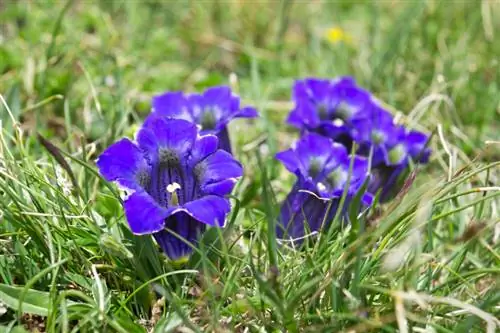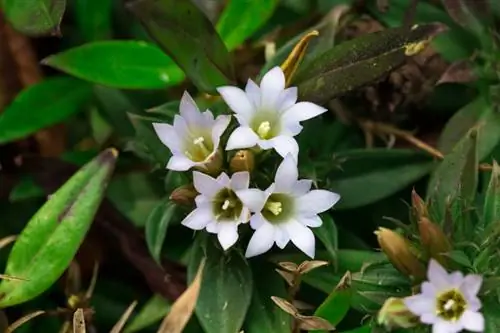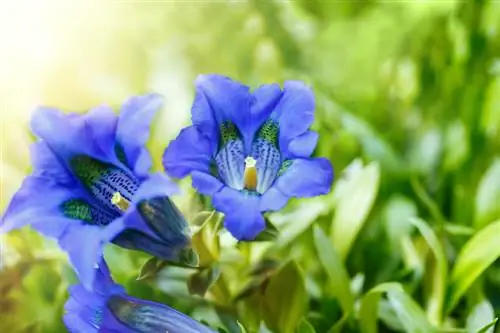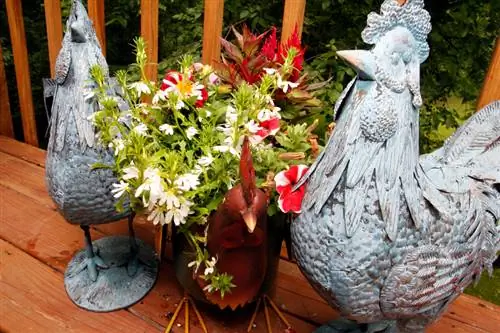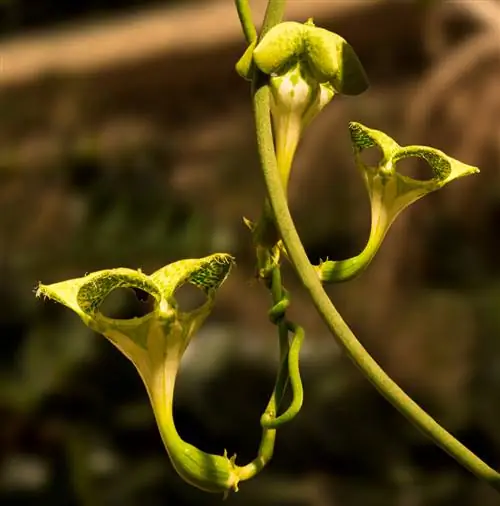- Author admin [email protected].
- Public 2023-12-16 16:46.
- Last modified 2025-01-23 11:20.
Gentian perennial and gentian tree don't have much in common with each other other than their name. While the gentian (Gentiana) is a perennial that comes from the Alps, the gentian tree (Solanum), also known as the potato tree, is native to South America. They both only have blue flowers.
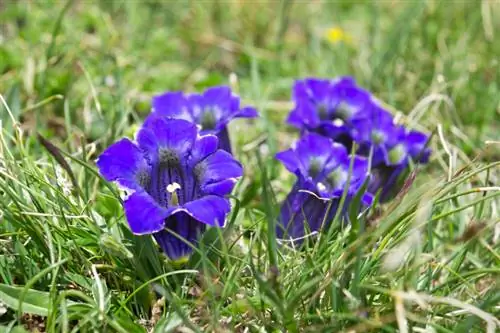
How do you properly care for a gentian plant?
Caring for a gentian perennial includes regular watering, avoiding waterlogging, adding lime or humus if necessary, cutting before winter and possibly cutting back after flowering. Gentian perennials prefer partially shaded to sunny locations and well-drained soil.
Preferred Location
Gentian species are vicarious. This means that they cannot be planted together as they have different location requirements.
Clusius gentian, for example, requires very calcareous soil. Koch's gentian, on the other hand, doesn't like lime at all, it needs acidic soil.
What the gentian species have in common is that they prefer partially shaded to sunny locations. In nature they usually grow among taller plants because they can only tolerate direct sun for short periods of time. The soil must be loose and drain water well.
Care of perennials
Gentian needs less water in summer than in winter. However, the roots should never dry out completely. Care includes:
- Water regularly
- Avoid waterlogging
- Add lime or humus if necessary
- Cut before winter
- If necessary, cut back after flowering
Propagate Blue Gentian
Like almost all perennials, gentian is quite easy to propagate. Most often new plants are sown. As cold germinators, however, the seeds have to go through a longer cold phase before they germinate.
For perennials, propagation by division is also a good solution. To do this, the plants are taken out of the ground, divided in the middle and then reinserted or transplanted.
Gentian perennials are not very long-lived. They can be rejuvenated by division and maintained longer in the garden or pot.
Bringing gentian perennials over the winter
Generally, gentian perennials are hardy. In harsh locations you should still ensure winter protection. Covering with brushwood or pine branches is sufficient for Koch's gentian.
Gentian in a pot is overwintered in a protected place on the terrace or balcony, but under no circumstances in the house. To be on the safe side, the pot is placed on Styrofoam and covered with protective film.
Tips & Tricks
In contrast to the blue or yellow gentian, the gentian tree is very poisonous, in all parts of the plant. You can therefore easily care for the alpine flower in the garden, while you should only keep a gentian bush if there are no children or animals in the family.

